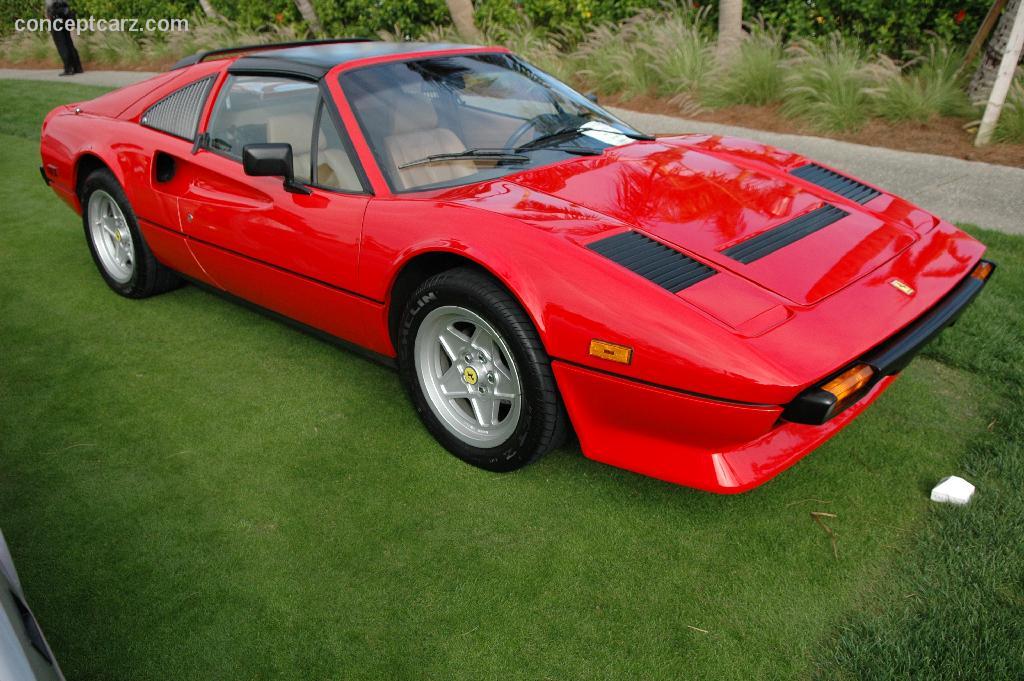Ferrari 308GTBi and GTSi
In March of 1980 the Ferrari 308 received a major change from the exotic sports car introduced in 1975. The American legislation, along with other countries, began to restrict what could and could not be done with an engine by way of emission control standards. Up to this point the Ferrari 308 had four double choke Webber carburetors. However, the carburetor approach did not allow the cars to pass the new emission control standards. Ferrari’s answer was to drop the carburetor approach and install a fuel injection system Bosch.
This almost killed the 308 line. The rated horsepower for the American model dropped from a factory number of 255 bph to one of 205 bph. Stock American street cars could outperform the 308. The car had come in two body styles, the 308 GTB or coupe and the 308 GTS or spider, which had an open top, rather than a full convertible top. The fuel injected models added the letter i for injection so the models become the 308 GTBi and the GTSi. Of all of the used 308 models available these became the least desirable, because of the decrease in horsepower.
For Ferrari they still sold a lot of the injected cars. Around 494 GTBi and 1743 GTSi models were produced in a two year time span.
While the power was way down, the car was still a mid engine sports car. A mid engine means that the majority of the engine is located between the front and the rear axle. Front engine cars have most of the engine weight in front of the front axle and rear engine cars, like the VW, have most of the engine behind the rear axle. By using a race proven design of a mid engine the 308s were still very nimble cars on a twisty road or on the track. They made up for the lost horsepower by their exceptional handling.
While the 308’s came in the two unique body styles there were many other differences in the cars that Ferrari was producing. The cars designed for the American market had to meet certain safety standards that the rest of the world did not impose. So the American version weighed more, had different gearing and some features like side markers were different. The European versions had a top speed of 147 miles per hour, and the U.S. models under 140 miles per hours.
